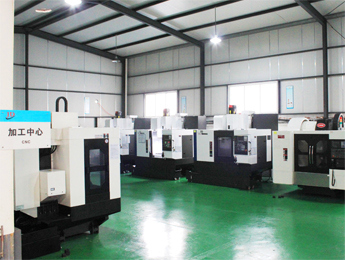Environmental Factors Affecting the Returning Green Rate of Wheat Whether or not wheat can safely pass winter depends on the cold resistance of the variety (ie, genotype), but it is also affected by other factors such as the external environment and cultivation measures. For the same wheat variety, cold resistance is related to its sowing date, sowing volume and sowing depth, but also related to light, temperature, soil quality and soil moisture, fertilizer application types and how much. The cold resistance of wheat cultivars can be determined by directly visualizing the winter wheat morphology, that is, the plants with strong cold resistance grow on the ground, the plants with weak cold resistance stand upright on the ground, and can also return to green through the second year. The situation is directly determined, that is, how much wheat survives after severe winter. The test confirmed that Dongnong Dongmai 1 had extremely strong cold resistance and Jimai 22 had moderate cold resistance through external morphology and returning green rate. The two methods were mutually verified and the results were very reliable. Soil moisture affects the return rate of wheat. The data measured by portable soil moisture monitoring stations can be seen. At present, the study on the relationship between moisture content in wheat field and wheat cold resistance is not systematic. This test is initially demonstrated by the method of controlling soil moisture in pots (measured by soil moisture through the wireless monitoring station of agricultural environment): Soil moisture exceeding 30% will lead to severe rot of wheat in the turning green period; medium soil moisture content (about 25%) or partial Low (20% or so) is good for wheat turning green and strong root growth; but when the soil moisture is low, the growth of wheat seedlings is weaker than when the soil moisture content is moderate; but if the soil moisture content is too low, wheat seedlings will die. As to the extent to which the soil moisture content is low, it will lead to the failure of wheat to return green. Further research is needed. In addition, the temperature experienced by wheat during wintering has a great impact on green return. The combined analysis of soil water content and temperature indicated that under the different soil water content, the greening rate of wheat after wintering gradually decreased with the continuous decrease of temperature, and the turning green time was prolonged accordingly. The critical soil moisture, air temperature, and the relationship between them are being further explored.
Aluminum Die Casting Moulds
1.Material:A380 A360 ADC12
Our service:
Our advantage:
Superior quality,efficiency and professional service is our business principles and we want to get nice business with you.
Die Casting Mold,Aluminum Die Casting Mould,Aluminum Alloy Die Casting Mold,High Pressure Casting Mold Ningbo WEIBO Molding&Machine Co.,Ltd. , https://www.diecasting-manufacturers.com
2.Model:As client requirement
3.R&D: 30 engineers,Pro/E, UG 3D pattern design, Auto CAD, Solid works, Mold Flow etc
4.Tooling development,OEM&ODM supplier
5.Quality Certification: ISO9001:2008, TS16949
6.Inspection: DCC CMM, Spectrum analyzer, Hardness Tester, X-ray, Salt-fog tester, Metallographic microscope.
Die Casting Mold Tooling design
Tooling fabrication
Die casting
Precision machining
Different finish: plating, painting
Assembling
CNC, EDM,Milling, Grinding

The top professional technical in Die Casting Molds
More than 20years experience
The good stuff supply good quality
The perfect management system
Have good cooperation with some world 's largest fortune 500 companies.